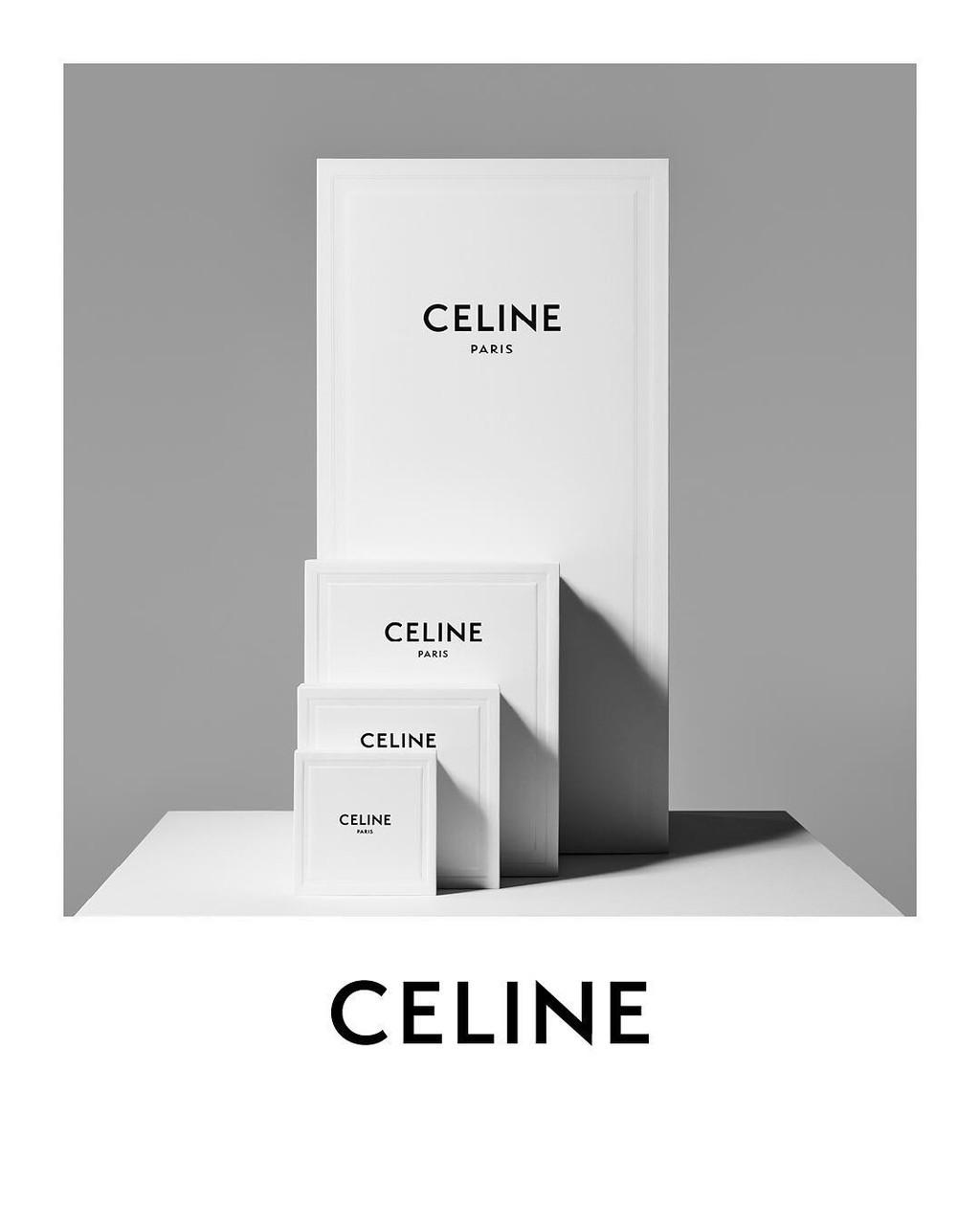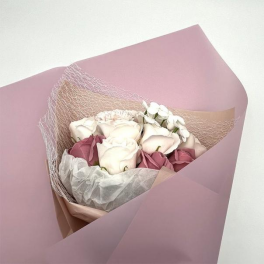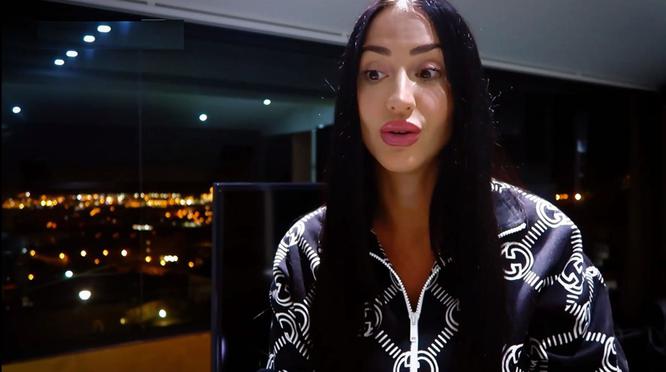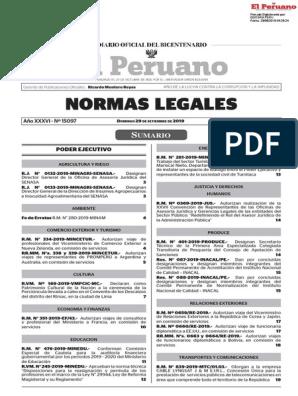Why luxury brands look identical because of logomania
Some time ago we talked about how luxury brands and even fast fashion had changed their logos and fonts until they all looked alike, something that, in principle, is precisely the opposite of what is sought when creating a logo. While their goal must be to differentiate themselves, brands have suddenly been plunged into an operation of homogeneity due to the ease with which they are recreated on digital platforms, where luxury feels more and more comfortable. We understand that Zara wants to bring its logo closer to that of Saint Laurent, but why do luxury logos now look so much alike and exploit logomania in a similar way? After all, the logo makes the buyer think that his purchase is similar to a quality investment, so the fact that the firms are increasingly similar in their logos makes these purchases more diffuse.
When watching the Versace parade it is impossible not to think of three brands: Fendi's logomania, the Ivy Park logos for Adidas (which in turn refer directly to those of the firm now led by Matthew Williams) and Goyard. The Versace logo, the Greca, has never had that monogram that firms like Vuitton and Dior do have and now stamp ad nauseam on their bags, but as part of the transformation carried out by Capri Holdings, the Italian brand is launching one new reminiscent of the Balmain labyrinth logo and Moynat's infinite M's.
Speaking of Balmain, by recovering the logos from the brand's trunk, he has made his designs also reminiscent of those of Fendi, so that in the blink of an eye, fashion has become a mirror. The fact that social status is often associated with the brands that are sported is essential to the logo, and as a recent article by professors Glyn Atwal and Alistair Williams indicates, luxury customers use these designs to assert themselves and send messages about themselves in an attempt to create identities and develop a sense of belonging, even when they do so unconsciously.

The HENRYs (High Earners Not Rich Yet) have turned their current accounts around and want to show the world the results of their purchases, and for this reason they prefer logos. As much as these serve to know that we are dealing with a brand design, as happens when seeing the double G of Gucci or the monogram of Louis Vuitton, now the logos of many brands in the luxury market are so similar that they do not serve to grant a sense of belonging to a brand, but to a social class and, above all, to an economic situation.
Even Chanel does not only have its double C in its proposals, but in its latest parade it repeats the name of the brand ad infinitum in full color, making the French firm's designs seem to come from Jeremy Scott's 'bubblegum' universe . The truth is that on many occasions it is the designs without a logo that are more expensive, but in times of crisis, when investing in a brand, those who are not part of silent luxury try to make it very clear, so they opt for logomania.
Why, then, does it suddenly matter that the logos are not so different? Because as an investigation published in the 'Journal of Business Research' assures, there are luxury buyers who want to buy the same designs that their colleagues wear to fit into a community and its established norms. Instead of looking for unique and different purchases, they seek to associate themselves with common trends and opulent and zero-silent luxury products that are recognizable so that they can be associated with a specific group. In short, in the midst of a pandemic, a sense of belonging is sought, and it is no longer an attempt to be part of a group, but of a community.


